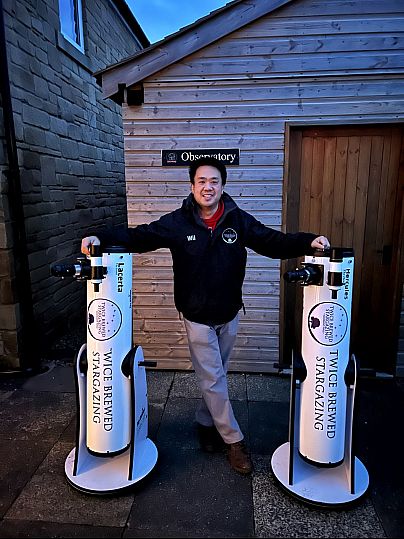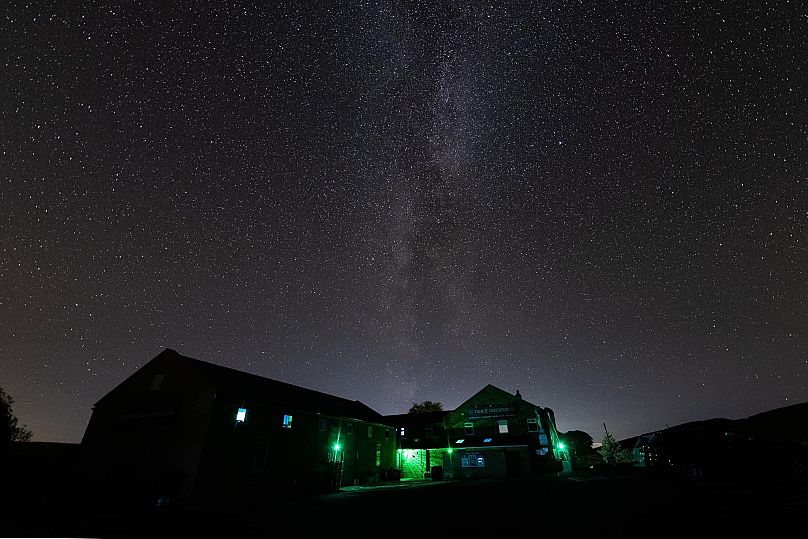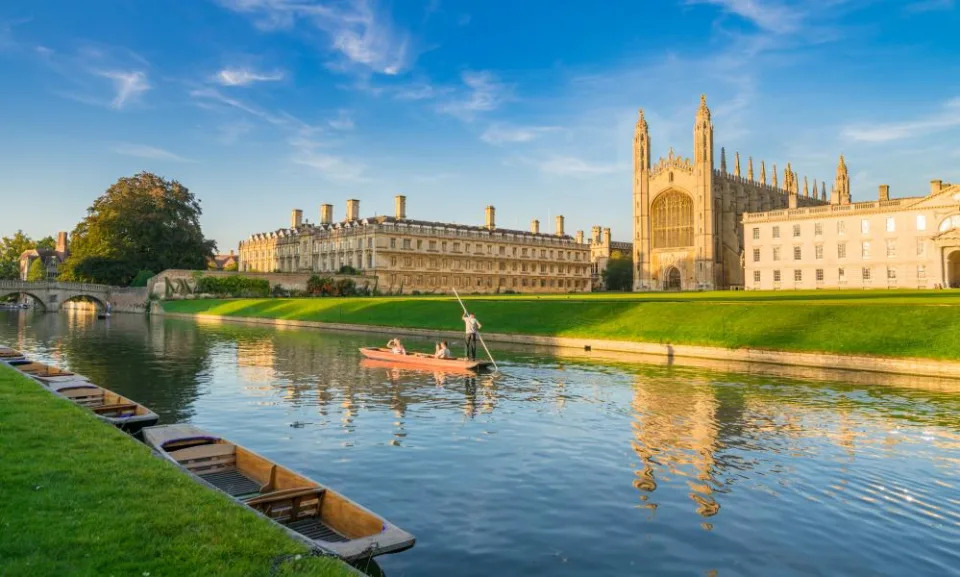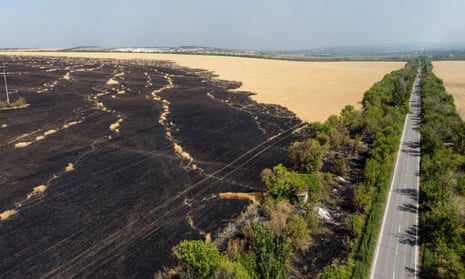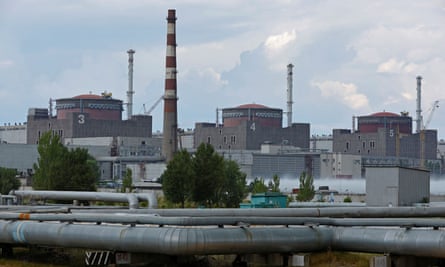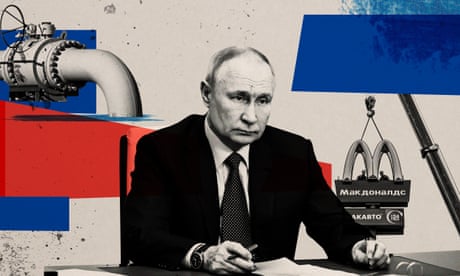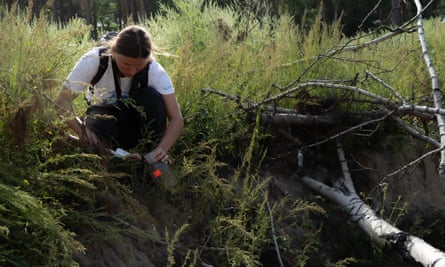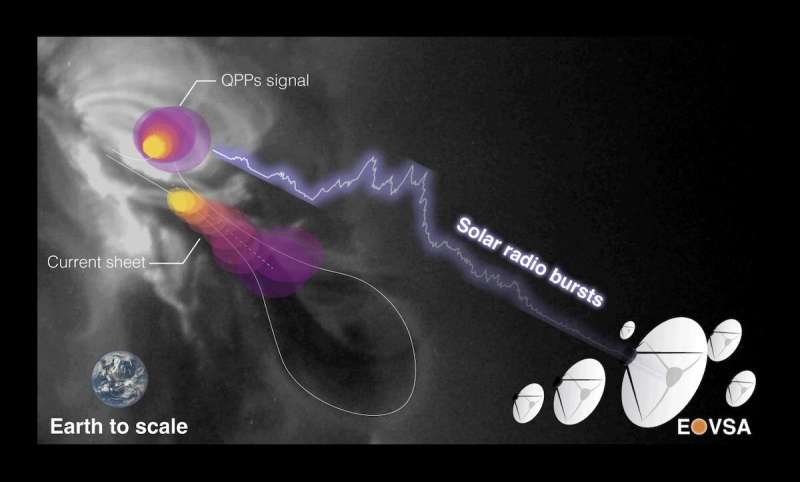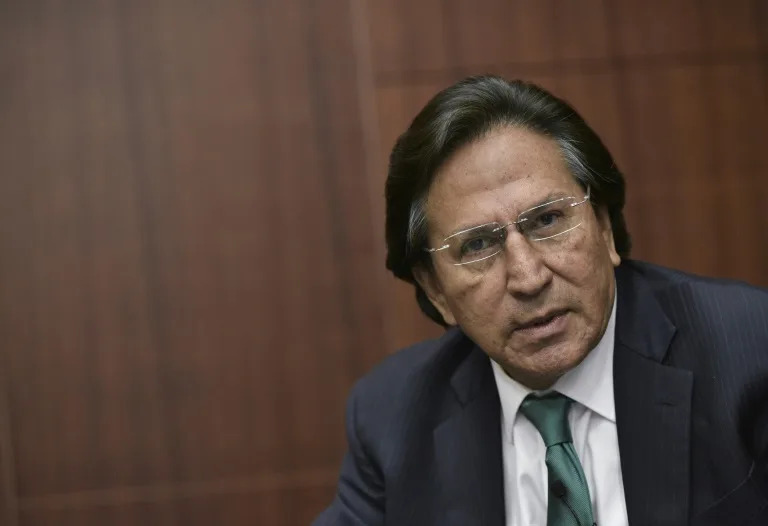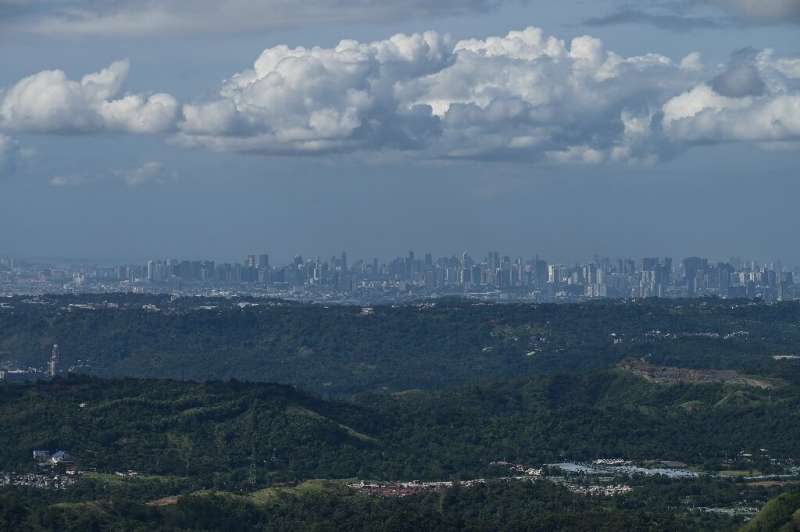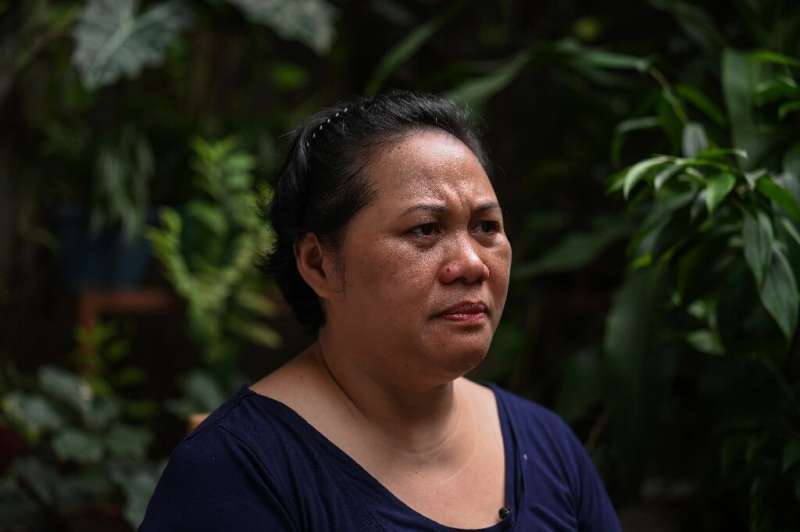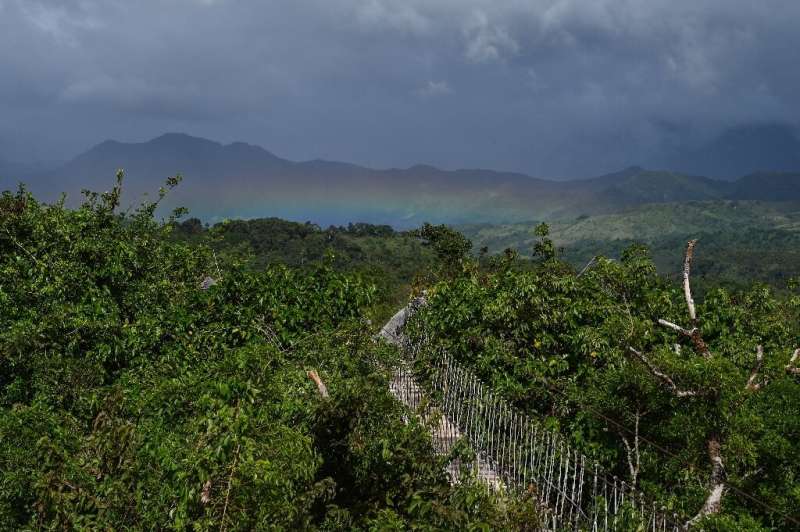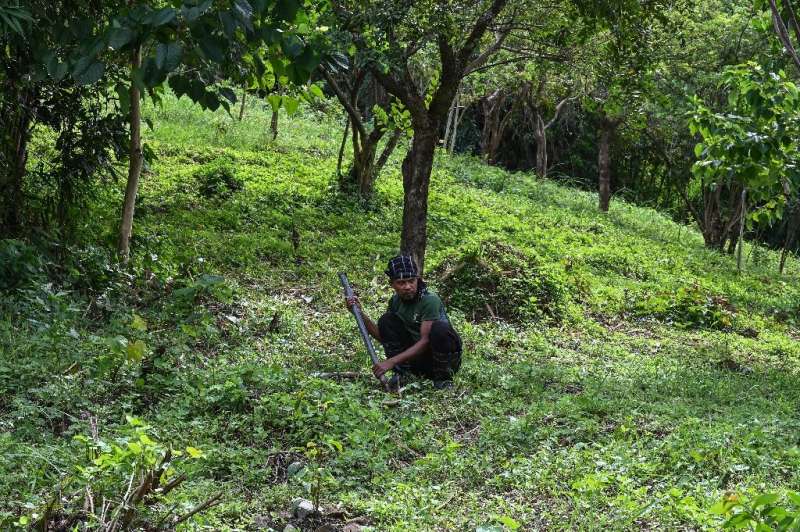Vladimir Putin claims ‘paedophilia is normal’ in West in bizarre speech
Thomas Kingsley
Tue, 21 February 2023
Vladimir Putin has claimed paedophilia is normal in the West in a bizarre speech to Russia’s political and military elite.
Mr Putin has said that in the West “even paedophilia is announced as a normal thing”, in a major speech ahead of the first anniversary of the Ukraine invasion.

He said the West recognises same-sex marriage, adding: “That’s fine. They’re adults. They have the right to live their lives. We are always very tolerant about this in Russia.”
But, he said, scripture says marriage is between a man and a woman, and he also cited media reports that the Anglican church was considering gender-neutral terms for God.
In a lengthy speech, Mr Putin vowed to continue with Russia's year-long war in Ukraine and accused the US-led Nato alliance of fanning the flames of the conflict in the mistaken belief that it could defeat Russia.\
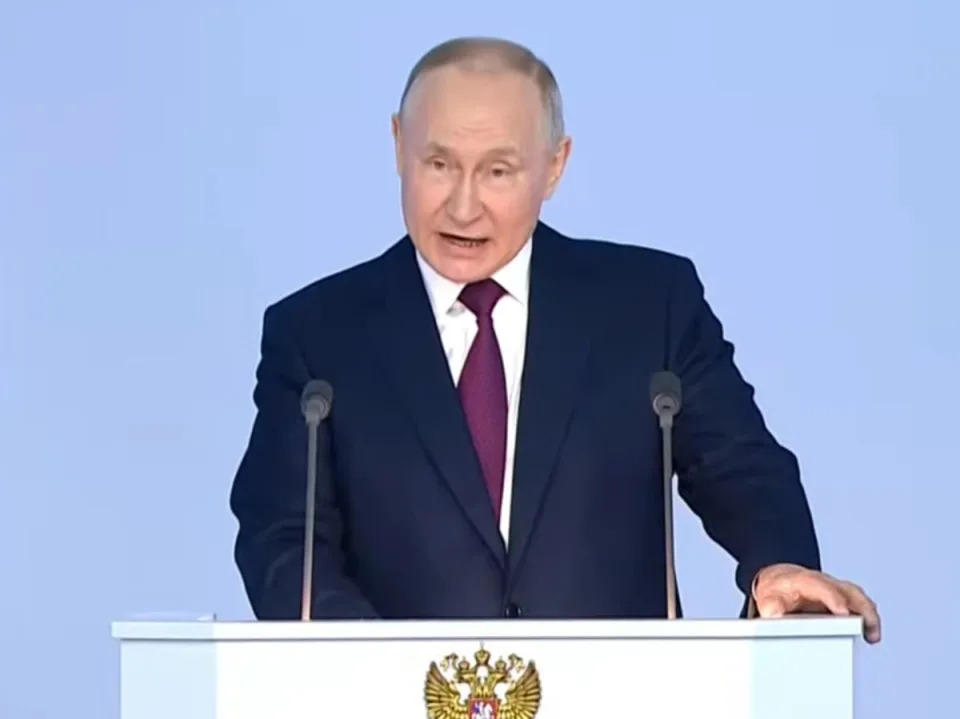
Putin makes state of the nation address to parliament year after Ukraine war started (Reuters)
Flanked by four Russian tricolour flags on either side of him, Mr Putin told the audience that Russia would “carefully and consistently resolve the tasks facing us.”
Mr Putin said Russia had done everything it could to avoid war, but that Western-backed Ukraine had been planning to attack Crimea.
The West, Mr Putin said, had let the genie out of the bottle in a host of regions of across the world by sowing chaos and war.

“The people of Ukraine themselves have become hostages of the Kyiv regime and its Western masters, who have actually occupied this country in a political, military, and economic sense,” Mr Putin said.
The Ukraine conflict is by far the biggest bet by a Kremlin chief since at least the 1991 fall of the Soviet Union - and a gamble Western leaders such as US president Joe Biden say he must lose.
Russian forces have suffered three major battlefield reversals since the war began but still control around one fifth of Ukraine.
Tens of thousands of men have been killed, and Mr Putin, 70, now says Russia is locked in an existential battle with an arrogant West which he says wants to carve up Russia and steal its vast natural resources.

A woman holds her child as she watches the televised address by Russian president Vladimir Putin (EPA)
The West and Ukraine reject that narrative, and say Nato expansion eastwards is no justification for what they say is an imperial-style land grab doomed to failure.
It comes as the UN reported that more than 8,000 civilians have been killed since Russia invaded Ukraine nearly a year ago, the UN Human Rights Office said on Tuesday.
The new toll represents a significant upward revision from the previous tally of 7,199 killed since the start of the full-scale invasion on 24 February, the UN report said. Around 90 per cent of the victims were killed by explosive weapons, it added.
The UN human rights mission in Ukraine, which has dozens of monitors in the country, said it expects the real toll to be “considerably higher” than the official tally since corroboration work is ongoing.
Gabriella Swerling
Tue, February 21, 2023

Putin's comments come as he addressed the country’s political and military elite in Moscow on Tuesday
Vladimir Putin has attacked the Church of England for “considering the idea of a gender-neutral God”.
The Russian President’s comments come as he addressed the country’s political and military elite following its year-long war in Ukraine.
Flanked by four Russian tricolour flags on either side during his address, President Putin said of the West: “They distort historical facts, constantly attack our culture, the Russian Orthodox Church, and other traditional religions of our country.
“Look at what they do with their own peoples: the destruction of the family, cultural and national identity, perversion, and the abuse of children are declared the norm. And priests are forced to bless same-sex marriages...
“As it became known, the Anglican Church plans to consider the idea of a gender-neutral God... Millions of people in the West understand they are being led to a real spiritual catastrophe.”
'Scrap male pronouns He and Him'
His comments come after Church of England bishops revealed that they are to launch a “project on gendered language” referencing God in church services later this year.
Details of the project remain unknown but it comes amid calls from some liberal wings of the Church to scrap the male pronouns, He and Him, as well as reference to Our Father, in favour of either gender neutral or female alternatives.
The plans emerged in written questions submitted to the Liturgical Commission at General Synod, which met earlier this month.
Landmark vote
President Putin’s comments also come following the landmark vote in which the Synod approved blessings for gay and lesbian couples which has divided both the Church of England and the worldwide Anglican Communion.
The main religion in Russia is Orthodox Christianity, with Russian Orthodoxy being the most widely professed faith across the nation. The denomination has 194 dioceses within the country and its primate, or leader, is known as Patriarch of Moscow and all Russia.
Its current incumbent is Patriarch Kirill, who has backed President Putin’s decision to invade Ukraine on spiritual and ideological grounds, and who has also previously told Russian soldiers that death in Ukraine will absolve them of all sins.
The Church of England has been contacted for comment regarding President Putin’s remarks.

